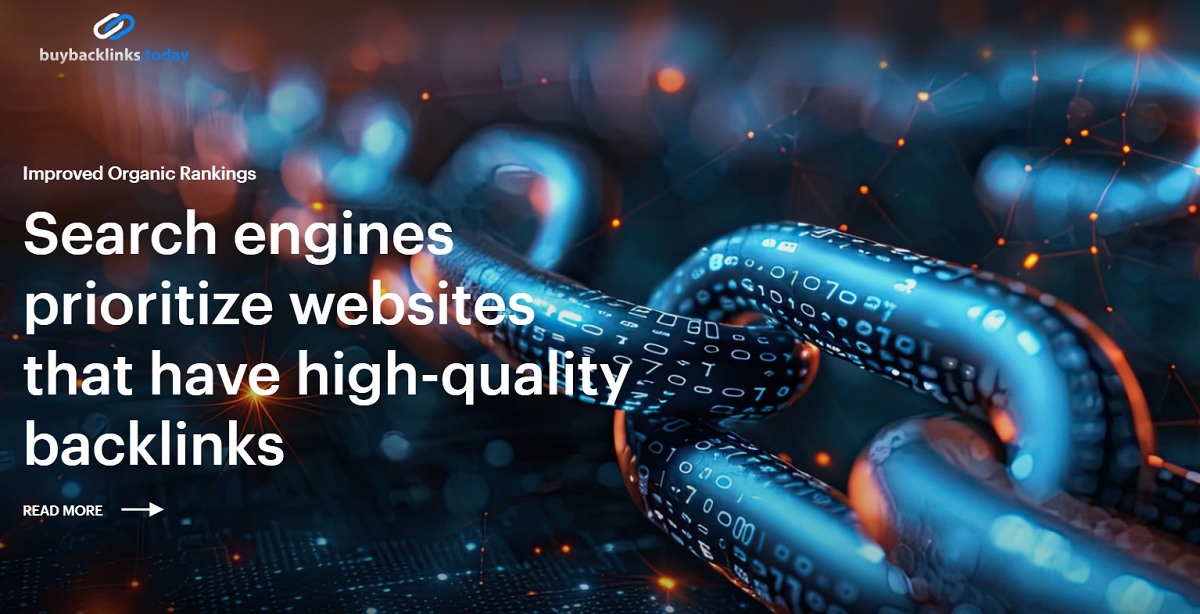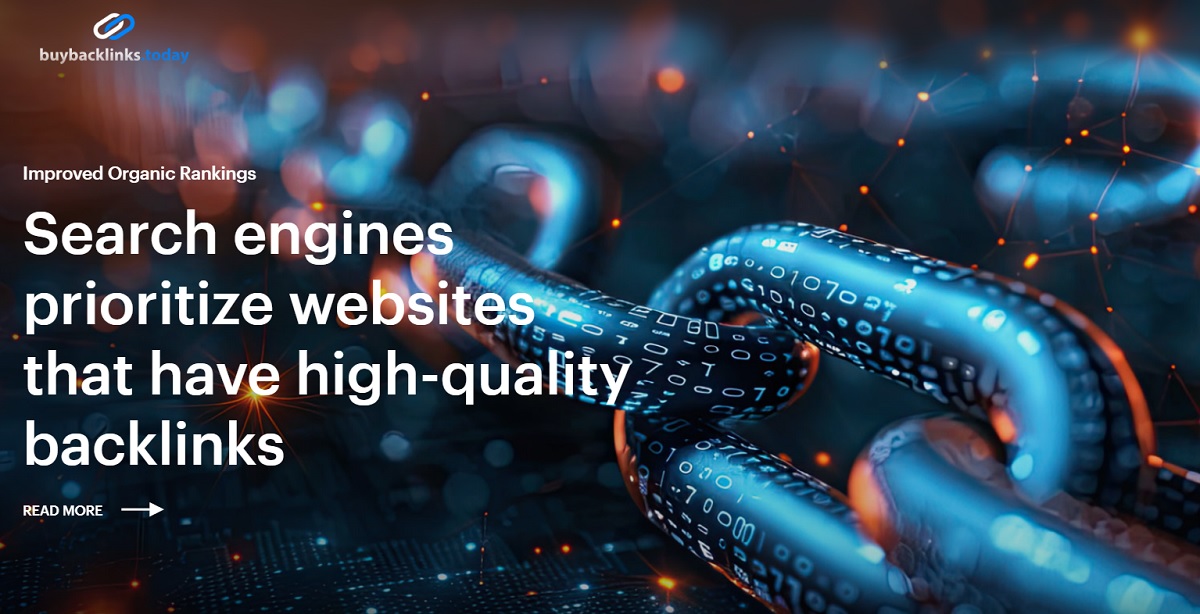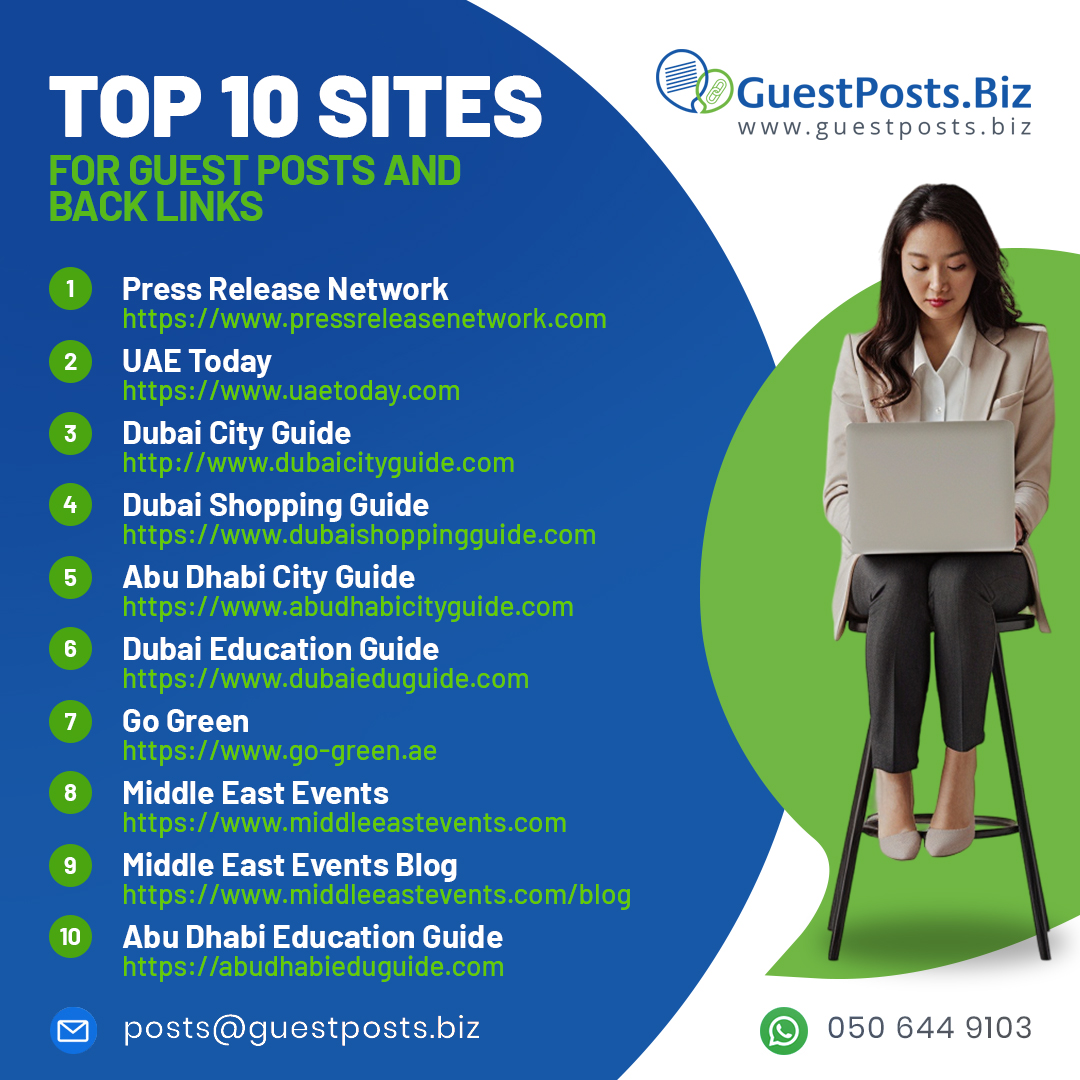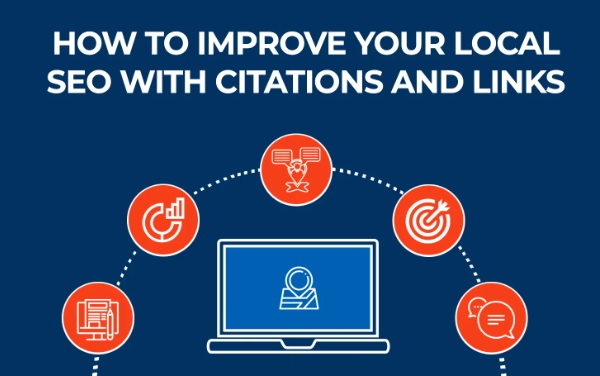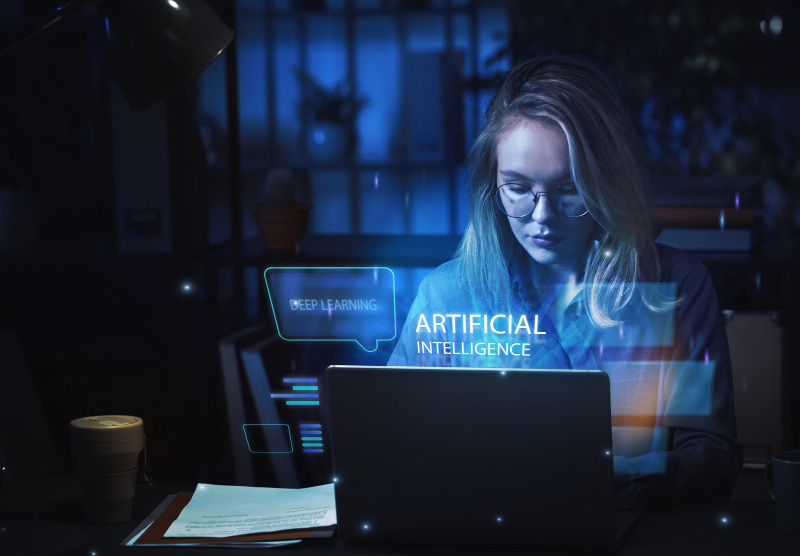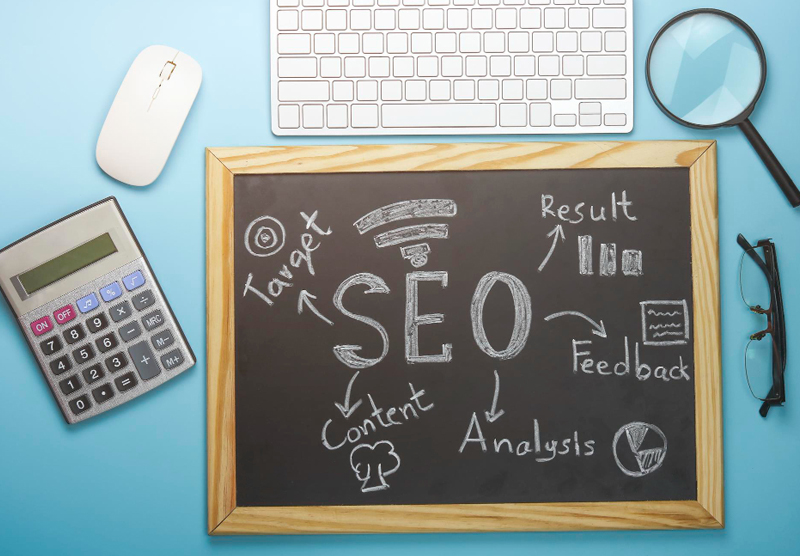Cyber Gear Launches BuyBacklinks.today
In the digital age where competition is fierce and the online market is saturated, understanding the pillars of search engine optimization is crucial for any website that aims to rank higher on search engine results pages.
Among these pillars, backlinks stand as one of the most influential components. They are the building blocks that not only boost a website’s credibility but also its visibility and trustworthiness. The key to search engine optimization is to build links from credible websites that have high domain authority.
Backlinks, also known as inbound or incoming links, are links from one website to another. Search engines like Google consider these links as votes of confidence. When reputable sites link to your website, search engines interpret this as a signal that your content is valuable and trustworthy.
According to Sharad Agarwal, CEO of Cyber Gear, “Backlinks are the backbone of SEO. Companies get attract quality traffic by investing in building backlinks from niche and authoritative websites and blogs.”
Why Are Backlinks Important for SEO?
Improved Organic Rankings: Search engines prioritize websites that have a robust profile of high-quality backlinks. These backlinks indicate that other websites vouch for your content, making it more likely for your site to be displayed prominently in search results.
Faster Indexing: Search engine bots use backlinks to discover new pages. If a new page has multiple quality backlinks, it gets indexed faster by search engines. This is particularly beneficial for new websites trying to establish their online presence.
Referral Traffic: Quality backlinks can drive significant referral traffic to your site. When users read content on an authoritative site and see a link to your page, they are more likely to follow that link, resulting in potential conversions and increased time on site.
Increased Credibility and Authority: A website linked to by high-authority sites gains credibility in the eyes of search engines and users alike. This can position your website as an authoritative source within your industry.
Not all backlinks are created equal. The quality of backlinks matters significantly more than quantity. Here are key factors that contribute to a high-quality backlink:
Relevance: The linking site’s content should be relevant to your own. For instance, if your website is about digital marketing, a backlink from a tech news site or a marketing blog carries more weight than one from an unrelated niche.
Authority: Links from authoritative websites (high Domain Authority or DA) are more valuable. A link from a well-known industry publication or government site can significantly boost your SEO efforts.
Anchor Text: The anchor text—the clickable part of a hyperlink—should be descriptive and relevant to the content it links to. Natural, non-spammy anchor text helps search engines understand the context of the linked page.
Dofollow vs. Nofollow: A dofollow link passes SEO value from the linking site to the linked site, while a nofollow link does not. While nofollow links can still be beneficial for referral traffic, dofollow links are more valuable for SEO.
BuyBackLinks.today has attractive packages where you can buy 40 backlinks for just US$ 1000 or 100 backlinks for US$ 2,000. Payment is accepted through PayPal, all major credit cards, and crypto.
More information is available at https://www.buybacklinks.today

